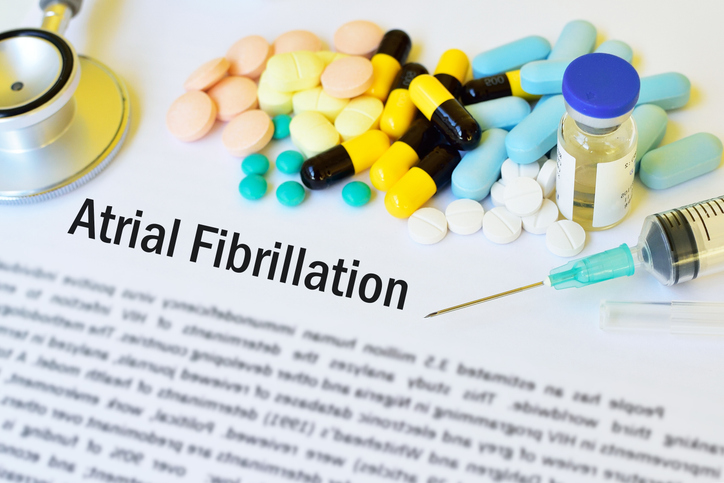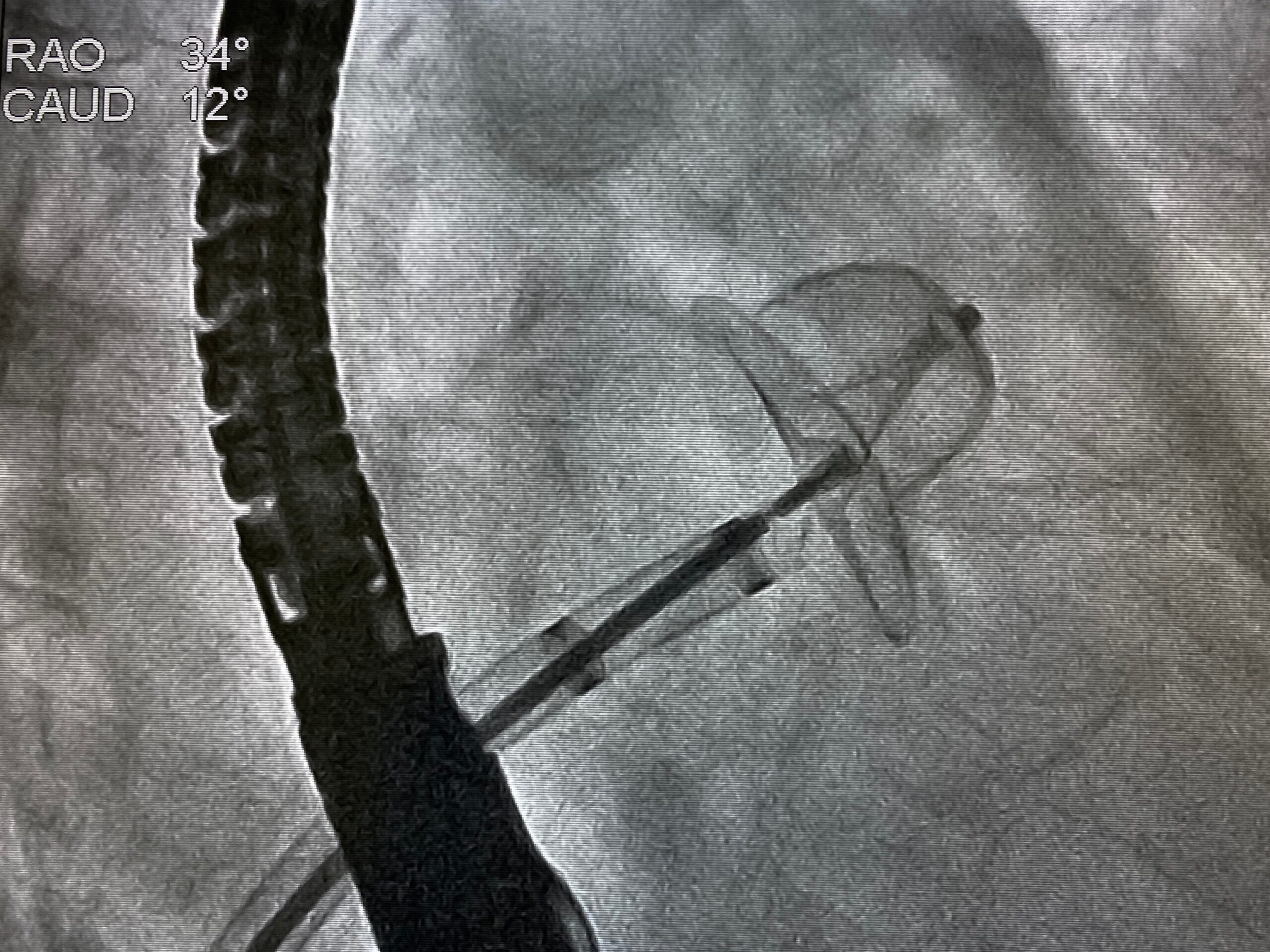
Oral anticoagulation (OAC) therapy is used for stroke prevention in patients with atrial fibrillation (AFib), but does not completely eliminate stroke risk. Danish cardiologists, led by Naja E. Vinding, MD, investigated prior treatments in patients with AFib who experienced first-time stroke after OAC therapy, and asserted that “half of the patients with atrial fibrillation with stroke were on inappropriate OAC therapy.”
The researchers enrolled a total of 2,319 patients with AFib from the Danish Stroke Registry who had a first-time ischemic stroke after OAC. Patients had previously been treated with either vitamin K antagonist (VKA) or direct OAC (DOAC) therapy. VKA treatments were rated as either subtherapeutic, therapeutic, or supratherapeutic, and DOAC treatments were rated as underdosed, appropriately dosed, and overdosed. The severity of strokes was scored with the Scandinavia Stroke Scale (0–58 points), and the risk of very severe stroke (0–14 points), was estimated with Cox regression.
Among the reviewed patients, 1,196 had taken a VKA (subtherapeutic = 46%; therapeutic = 43%; supratherapeutic = 11%), and 1,123 had received a DOAC (underdosed = 23%; appropriately dosed = 60%; overdosed = 17%). According to the authors, subtherapeutic VKA was associated with increased risk of very severe stroke after OAC (odds ratio [OR] = 2.06; 95% confidence interval [CI], 1.28–3.31), while supratherapeutic VKA therapy was not (OR = 1.24; 95% CI, 0.60–2.57) relative to therapeutic VKA. Patients on subtherapeutic and supratherapeutic VKA had a higher one-year mortality (hazard ratio [HR] = 1.66; 95% CI, 1.29–2.13; HR = 1.55; 95% CI, 1.08–2.22, respectively) than therapeutic VKA dosing. Meanwhile, compared to appropriately dosed , underdosed and overdosed DOAC were not associated with very severe stroke after OAC (OR = 1.27; 95% CI, 0.76–2.15; OR = 0.73; 95% CI, 0.37–1.43, respectively) or with poorer one-year mortality (HR = 1.09; 95% CI, 0.83–1.44; HR = 0.82; 95% CI, 0.57–1.18, respectively).
The study’s authors summarized that “subtherapeutic VKA was associated with worse stroke severity and higher mortality rate than therapeutic VKA therapy,” while “neither underdosed nor overdosed DOAC was associated with worse outcomes in adjusted models compared with appropriately dosed DOAC.” Based on their analysis stroke after OAC, the authors ultimately supported “DOAC as a first‐line therapy over VKA.”







 © 2025 Mashup Media, LLC, a Formedics Property. All Rights Reserved.
© 2025 Mashup Media, LLC, a Formedics Property. All Rights Reserved.